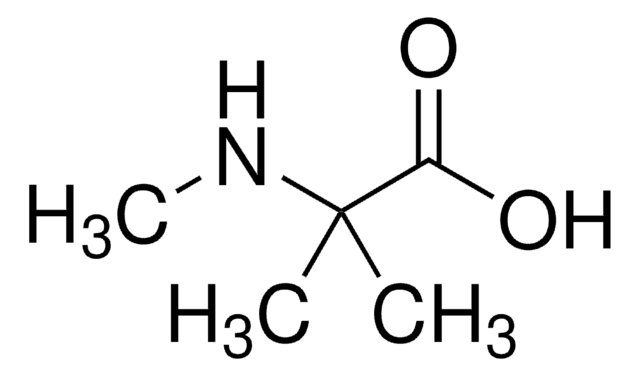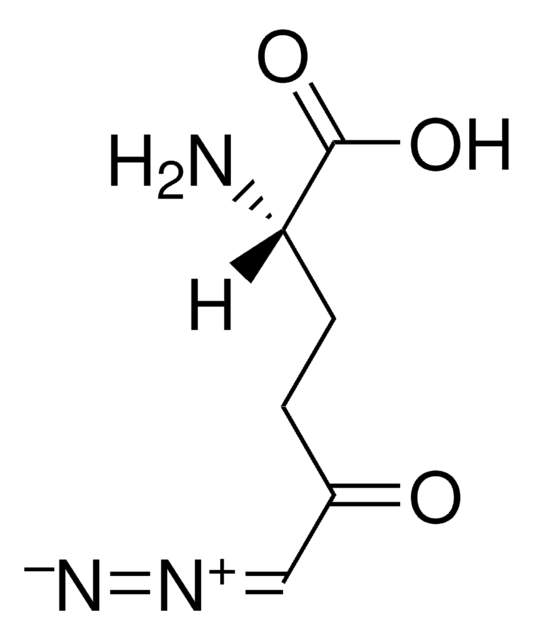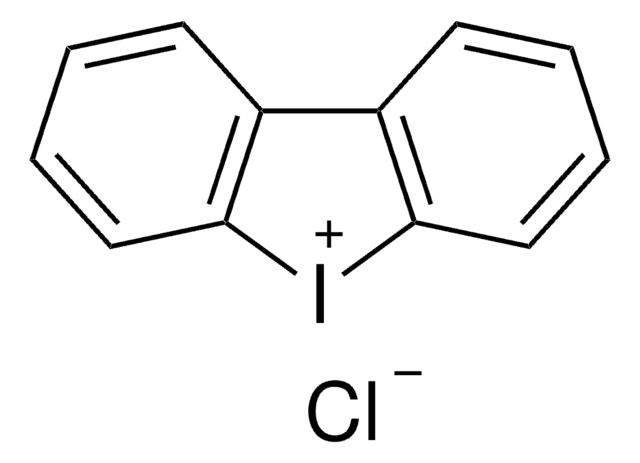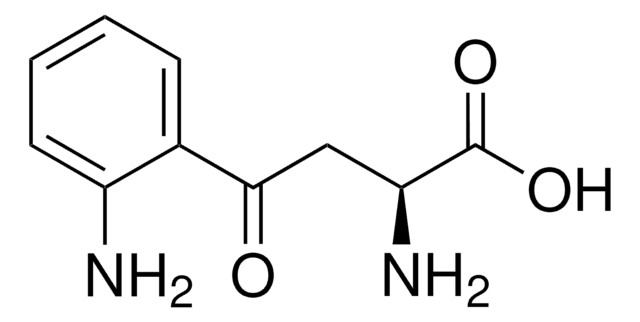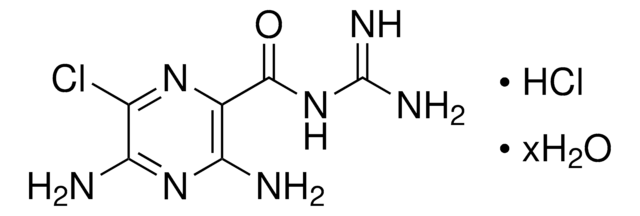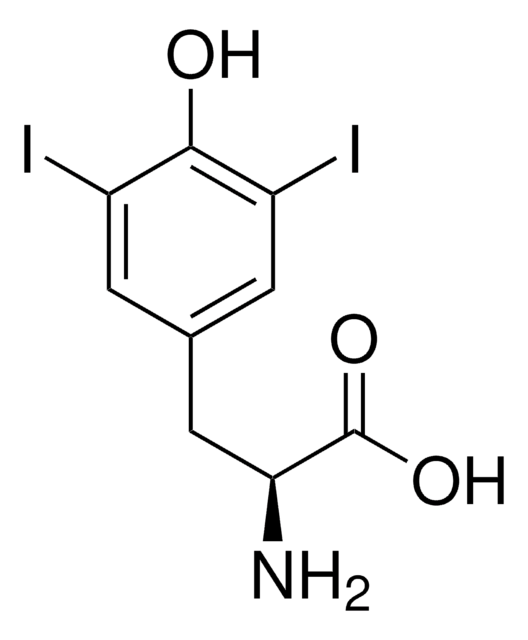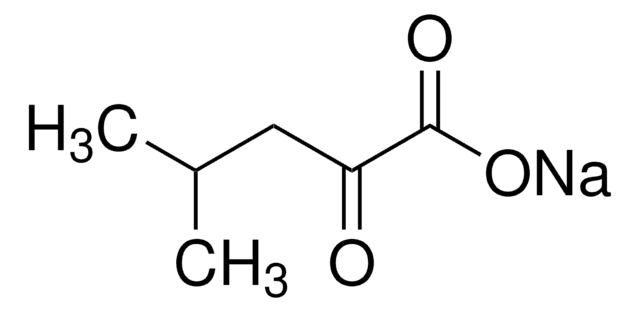A7902
2-Amino-2-norbornanecarboxylic acid
suitable for ligand binding assays
Synonym(s):
BCH, 2-Aminobicyclo[2.2.1]heptane-2-carboxylic acid
About This Item
Recommended Products
Product Name
2-Amino-2-norbornanecarboxylic acid, amino acid transport inhibitor
Quality Level
form
powder
technique(s)
ligand binding assay: suitable
color
white to off-white
mp
>300 °C (lit.)
SMILES string
NC1(C[C@@H]2CC[C@H]1C2)C(O)=O
InChI
1S/C8H13NO2/c9-8(7(10)11)4-5-1-2-6(8)3-5/h5-6H,1-4,9H2,(H,10,11)/t5-,6+,8?/m1/s1
InChI key
MPUVBVXDFRDIPT-RSHNMJPRSA-N
Looking for similar products? Visit Product Comparison Guide
General description
Application
- Thyroid Hormone Transporters in a Human Placental Cell Model.: This study investigates the role of 2-Amino-2-norbornanecarboxylic acid in the transport of thyroid hormones in placental cells, offering insights that could improve understanding of fetal development and maternal health (Chen et al., 2022).
- Metabolic adaptations to hypoxia in the neonatal mouse forebrain can occur independently of the transporters SLC7A5 and SLC3A2.: Research explores how 2-Amino-2-norbornanecarboxylic acid affects metabolic responses to hypoxia in neonatal brain development, providing a foundation for future studies on brain health and neurodevelopment (Fitzgerald et al., 2021).
- Hemocompatible LAT1-inhibitor can induce apoptosis in cancer cells without affecting brain amino acid homeostasis.: This article assesses the potential of 2-Amino-2-norbornanecarboxylic acid as a selective inhibitor that could lead to new treatments for cancer while preserving critical brain functions (Markowicz-Piasecka et al., 2020).
- Regulation of Melanogenesis by the Amino Acid Transporter SLC7A5.: Research demonstrates the utility of 2-Amino-2-norbornanecarboxylic acid in regulating skin pigmentation processes, which could have implications for disorders related to pigmentation (Gaudel et al., 2020).
- Structure of the human LAT1-4F2hc heteromeric amino acid transporter complex.: This study utilizes 2-Amino-2-norbornanecarboxylic acid to elucidate the structure of a key amino acid transporter, which is crucial for understanding nutrient uptake and its implications in various diseases (Yan et al., 2019).
Biochem/physiol Actions
Quality
Storage Class Code
11 - Combustible Solids
WGK
WGK 3
Flash Point(F)
Not applicable
Flash Point(C)
Not applicable
Choose from one of the most recent versions:
Already Own This Product?
Find documentation for the products that you have recently purchased in the Document Library.
Customers Also Viewed
Our team of scientists has experience in all areas of research including Life Science, Material Science, Chemical Synthesis, Chromatography, Analytical and many others.
Contact Technical Service